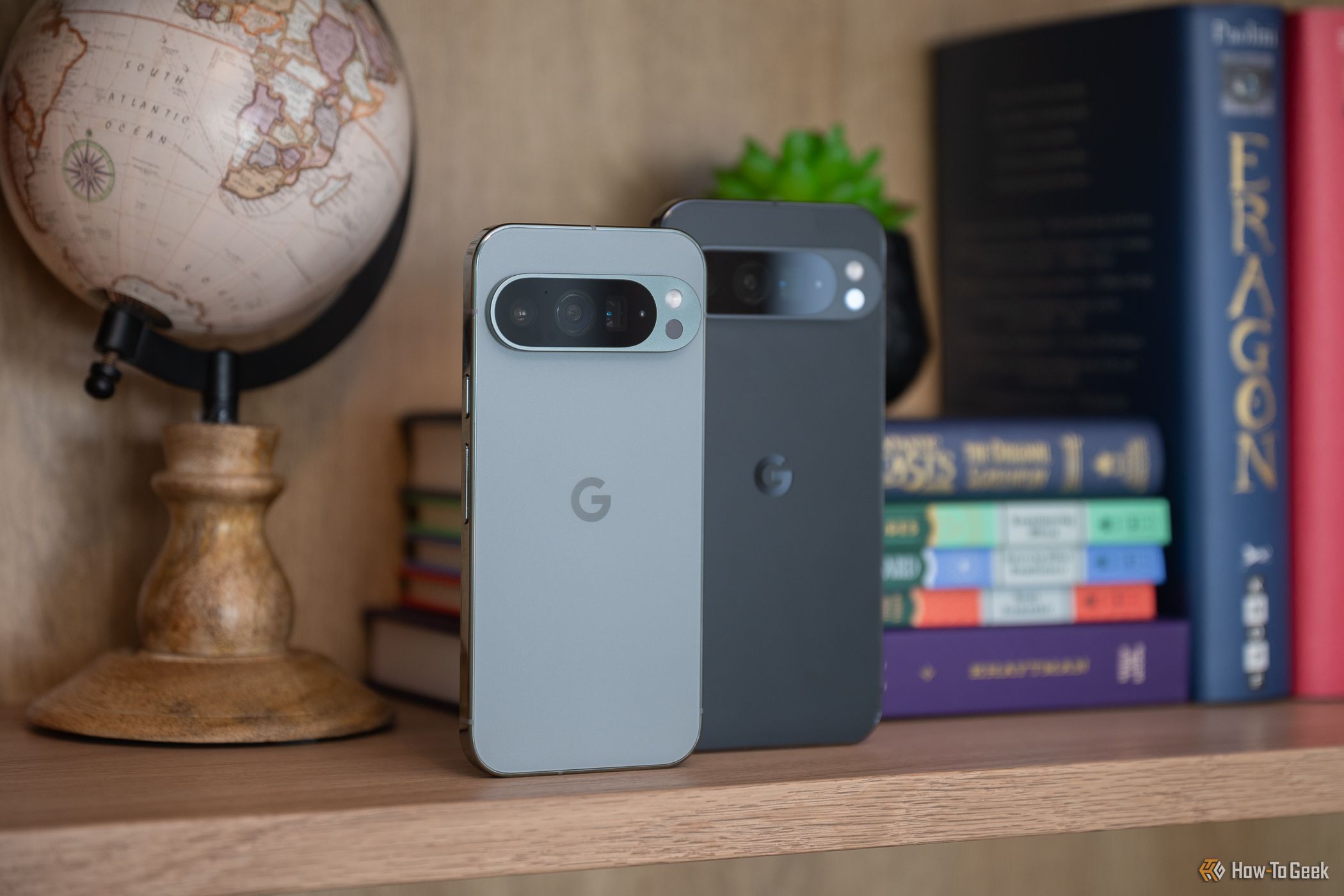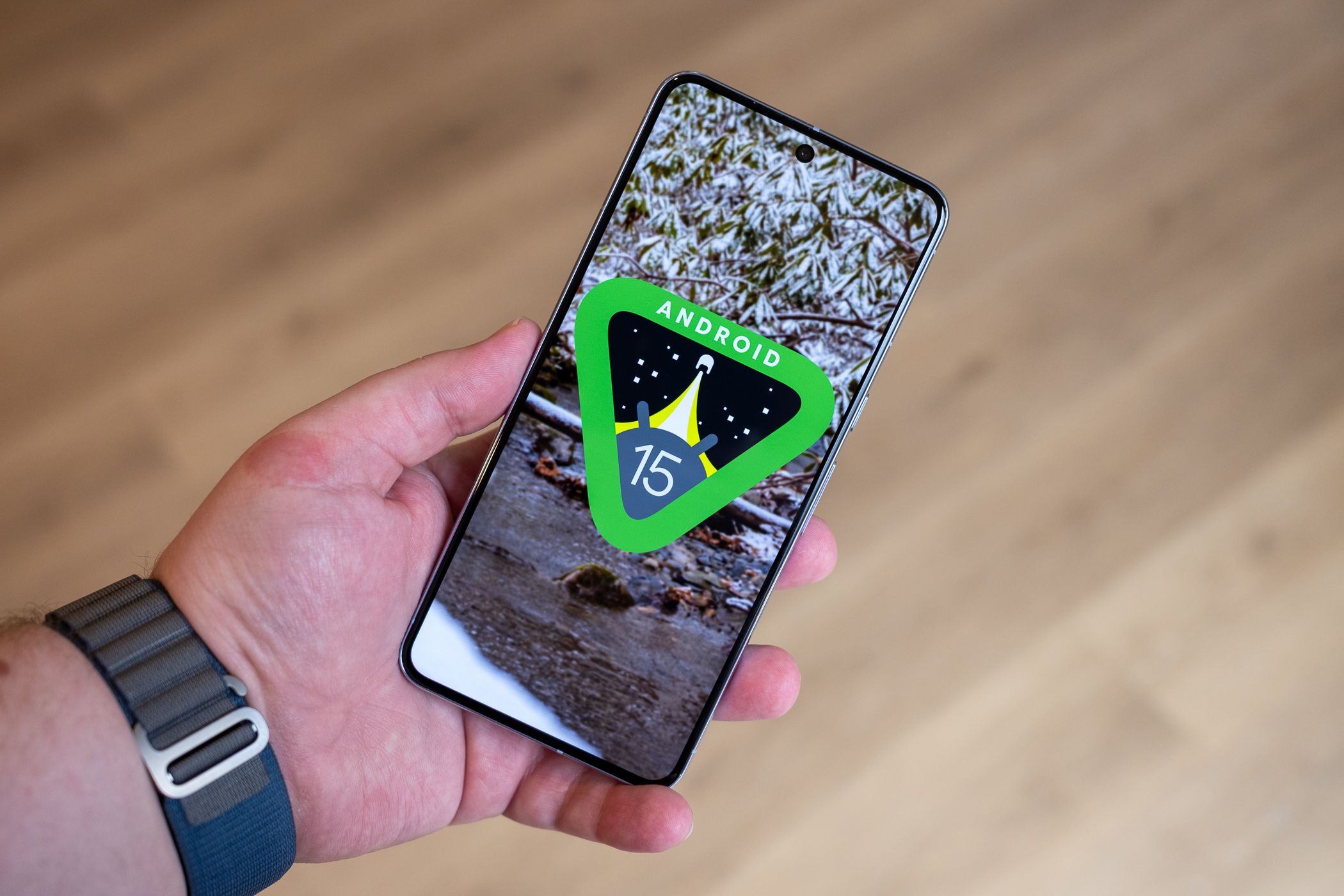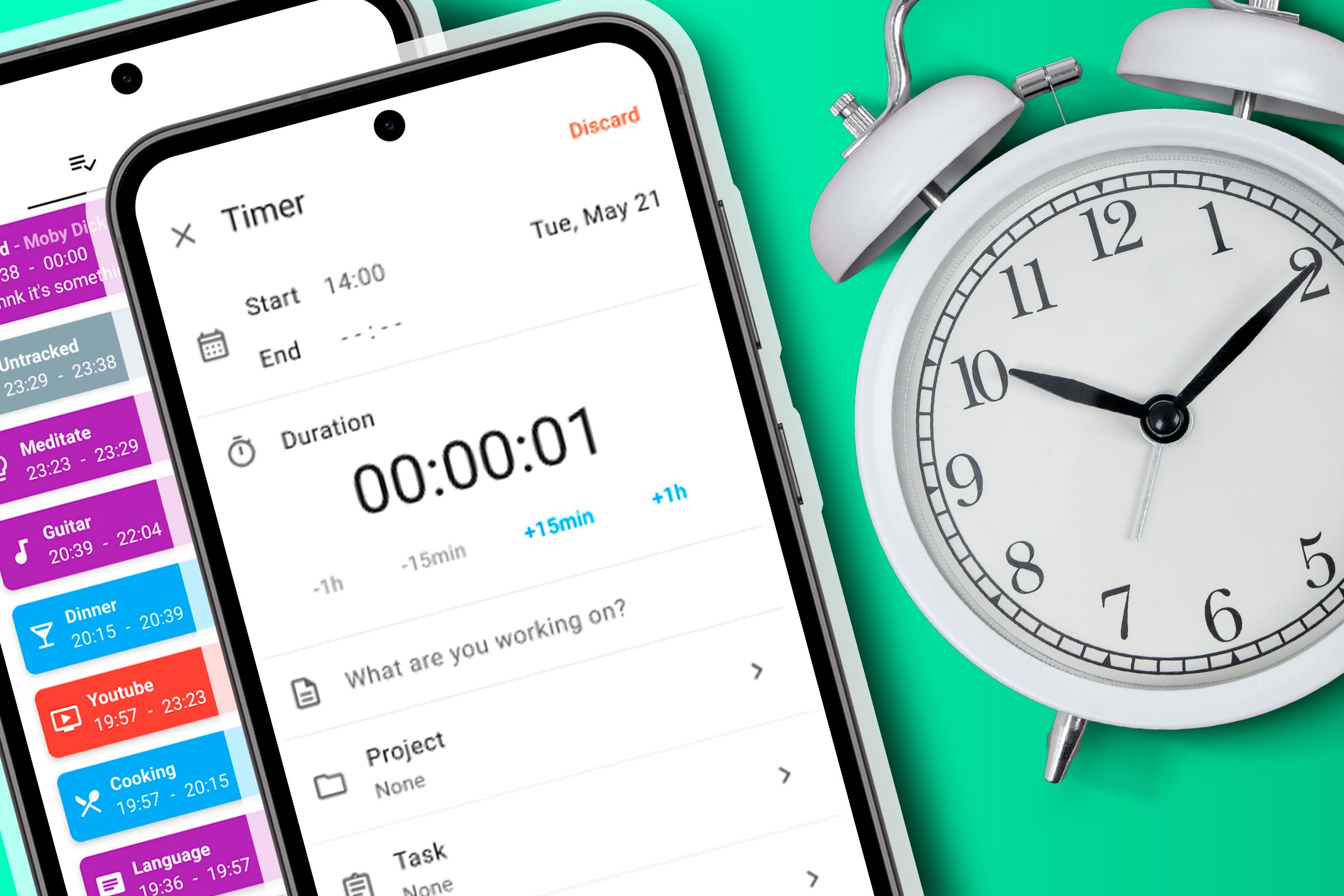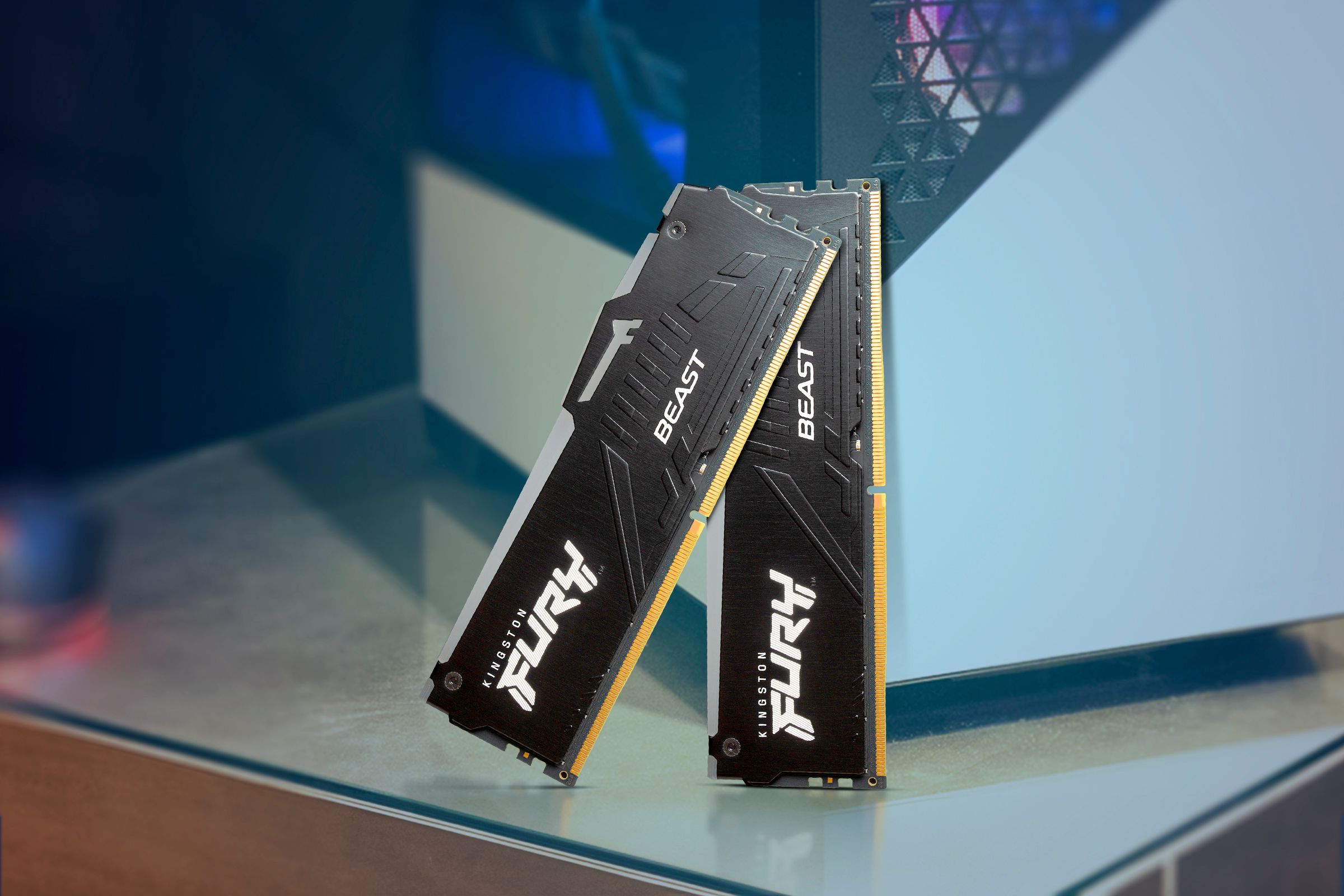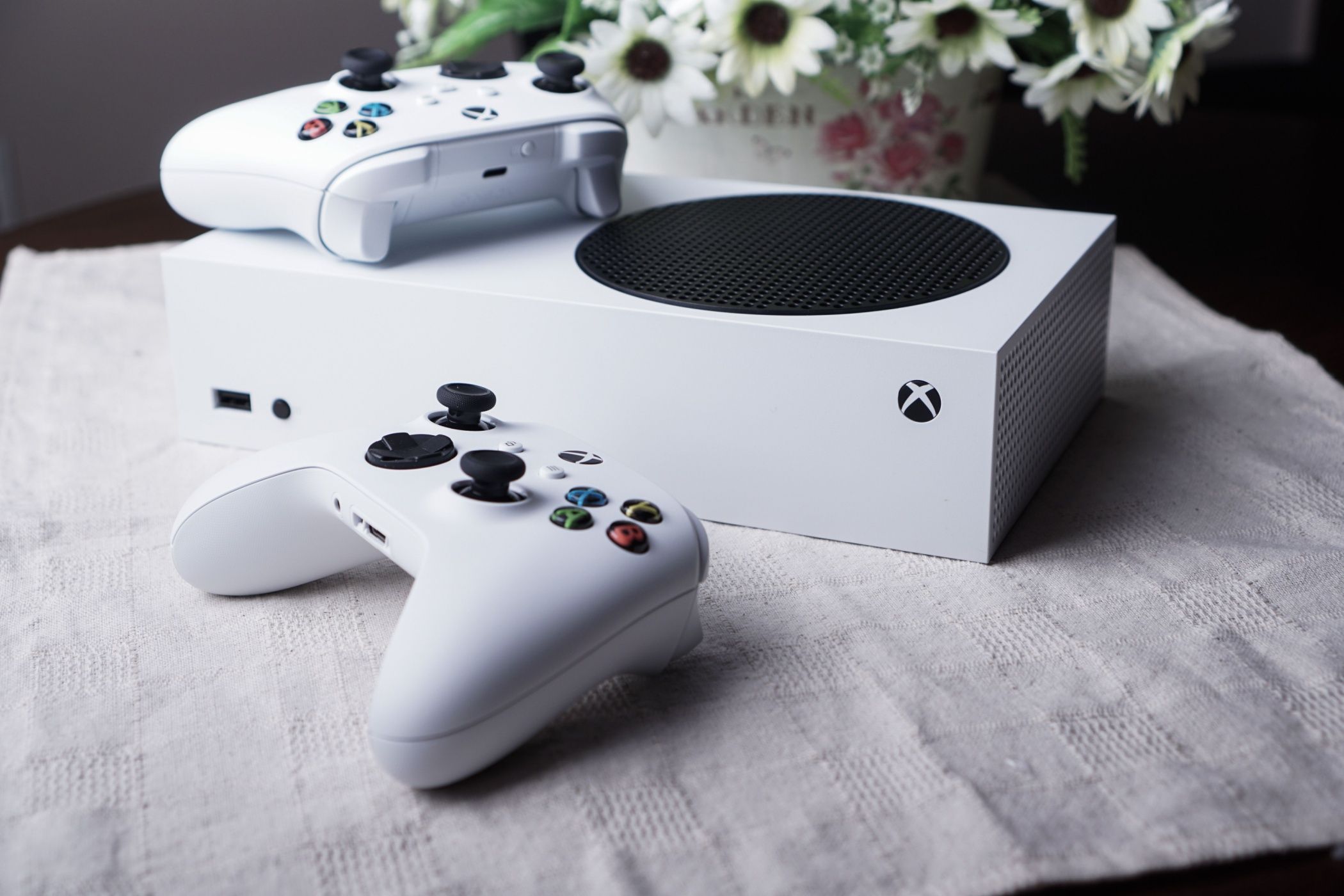Don’t Buy an Android Phone Expecting It to Last 7 Years
Summary
- Select Android phones now offer 7 years of software support, but don’t expect them to last that long.
- With hardware and software constantly evolving, your phone may feel outdated in just a few years.
- Manufacturers may limit features to newer models, encouraging frequent upgrades despite continued updates.
If you’re the type of person who rarely upgrades their phone, you’re not alone. And sure, buying the latest flagship phone might help it last a little longer, but not as much as you think. Here’s why you shouldn’t buy an Android phone expecting it to last 5–7 years.
The 7-Year Update Promise Doesn’t Matter
It’s no secret that Android has a poor reputation regarding software updates. Since the first smartphones arrived, Google has struggled to keep pace with Apple. Getting the latest yearly software update is just as exciting as important. These updates add new features, improvements, bug fixes, and critical security patches. Once your Android device is too old to receive updates, it’s time to replace it.
Many Android phones and tablets only receive 3–4 years of software support, even if Google and Samsung are leading the charge to improve the situation. For example, last year, Samsung announced that future phones (starting with the Galaxy S24 series) will receive seven years of Android OS updates, matching Google’s Pixel 8 update promise.
Sure, your Galaxy S24 or Pixel 8 will be supported past the end of this decade, and that new Galaxy S25 Ultra should get major updates like Android 22 through 2032. And while that’s great and a huge improvement, it’s also not as good as it sounds. Software updates aren’t the only thing you need to worry about.
Time Isn’t the Only Factor
It’s great that some Android manufacturers realize they need to support phones longer. However, the time or amount of updates isn’t the only factor. You’ll also need to consider battery life, performance, and software.
Whether you buy the affordable Pixel 9a or the flagship Galaxy S25 Ultra, battery life and performance will start to degrade over time. Don’t expect to use either phone for seven years just because it’ll get updates for that long. By then, the technology landscape will be vastly different from today—software and hardware included—and you’ll probably upgrade early.
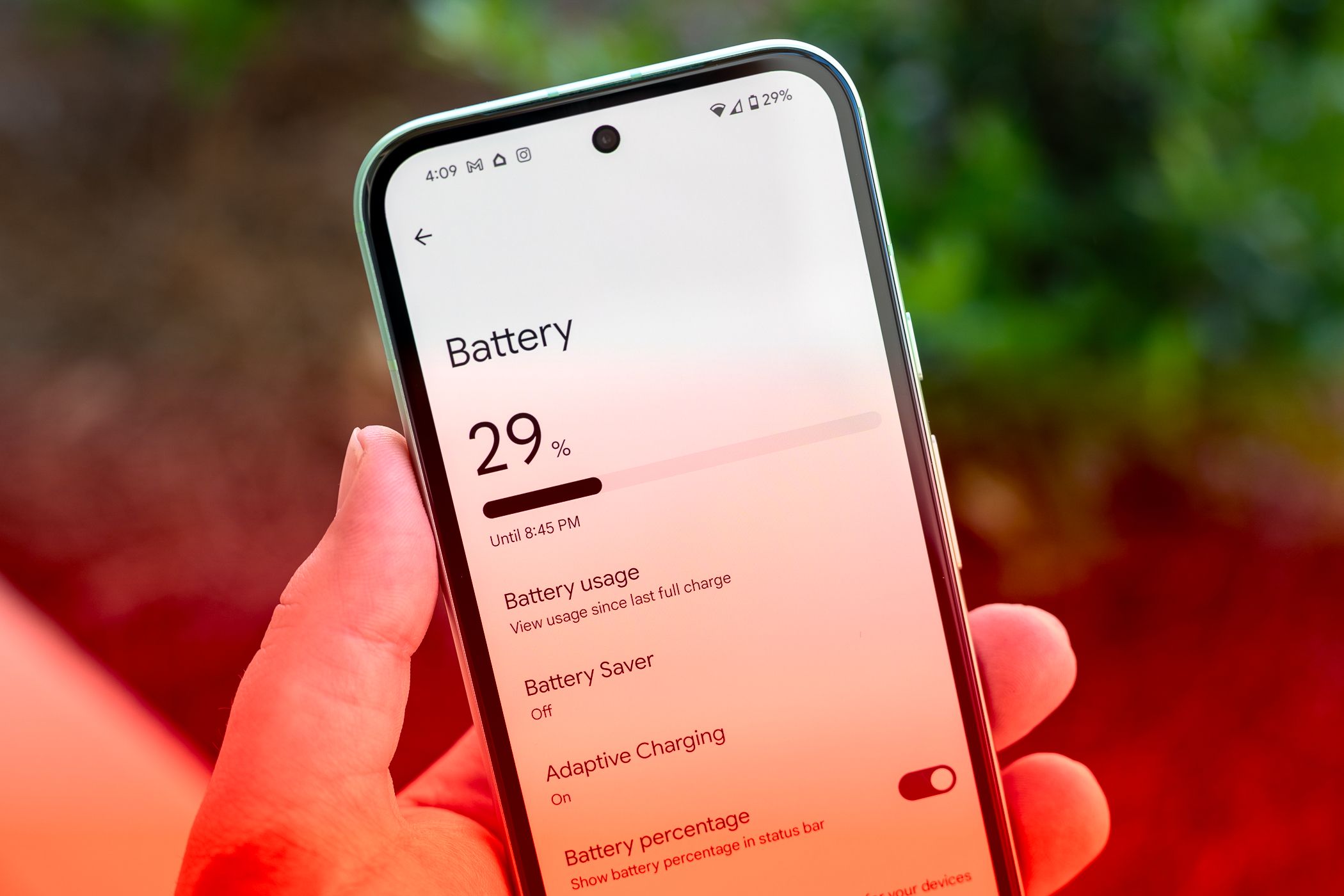
Related
These Smartphone Habits Are Killing Your Battery Life
Do you know what’s draining your juice?
More importantly, the phones won’t be running at optimal performance, and you’ll notice the dip. Performance and battery life will slowly get worse as these devices age. Similar to old vehicles getting fewer miles per gallon and laptops no longer holding a charge, your phone’s performance and battery life will eventually fall off a cliff.
Even if you have a phone that’s only a year old, you’ve likely noticed it doesn’t hold a charge as long as it did when it was new. Each charge cycle degrades the battery cells a bit. It’s inevitable. Additionally, many people have experienced a phone that starts to slow down after a year or so, and it’s a common complaint from Pixel owners. Storage fills up, internals begin to age, and things tend to slow down a little. And the iPhone is no different.
Just because your Android phone might get support from the manufacturer for 5+ years doesn’t mean you’ll want to keep it that long. And honestly, you probably shouldn’t.
Hardware Design and Software Changes
Think about how much has changed in the world of smartphones. Sure, they’re still big slabs of glass with a rectangular display, but new form factors like better folding phones and AR/VR glasses are on the horizon. I don’t know what phones will look like or how they’ll operate in 2030.
Updates and performance are essential, but think about how hardware and software will change. Phones continue to get better with each release, even if things are starting to plateau, and AI is clearly the future in some capacity. Everything will be different again in a few short years.
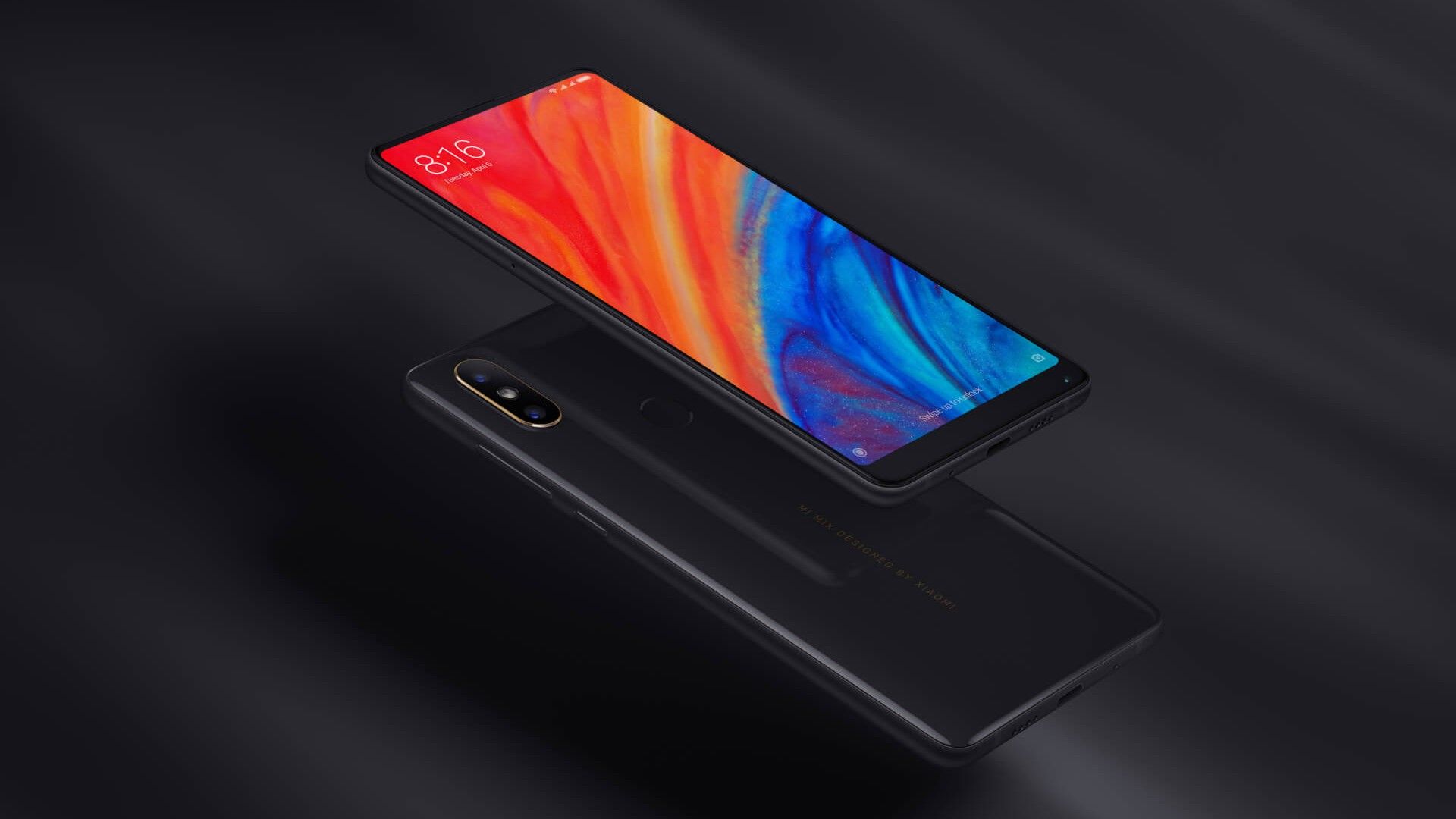
Related
These 10 Android Phones Were a Work of Art
*Chef’s kiss*
By 2030 and several years into owning a Pixel 9 or Galaxy S24, there will undoubtedly be exciting new phones you’ll want. Whether that’s a unique form factor, crazy new cameras, fancy AI smarts, longer runtime with a silicon carbon battery, and we can’t forget about software.
A huge part of this comes down to software, how things continue to rapidly evolve, AI, and a few other aspects. Just because your phone might get seven years of updates doesn’t mean the software will stay up-to-date. Manufacturers will limit certain features to new devices, force older models to seem outdated, and tease you to upgrade.
Take Samsung’s Galaxy S24 series (and even the new Galaxy S25) as an example. A bunch of those fun new Galaxy AI features are only available on the Galaxy S23, S24, Fold, or S25 series. When the Galaxy S24 arrived in 2024, the 2-year-old Galaxy S22 got left in the cold and missed out on several features. Google’s latest Pixel phones have exclusive features, and they’re not the only ones. And even if manufacturers give older phones some of these features, they often arrive late or in a pared-down state, further urging owners to upgrade.
Manufacturers themselves will handicap older models; you’ll miss out on new features repeatedly, compounding the issue, and you’ll likely end up buying a new phone long before it stops getting major Android OS updates.
A good idea is to upgrade your phone every two years, which is something most U.S. carriers tend to offer anyway.
At the end of the day, extended lifecycle support is still great. Phones will last longer and hold better value for the second-hand marketplace, and other manufacturers will need to step up their game. Overall, it’s a win for consumers.
Just know that these brands will do everything possible to innovate and get your business, lock software behind new hardware, and try to get you to upgrade long before those OS updates stop coming. As a result, you probably shouldn’t buy a new phone with the expectation that it’ll last for 7 years.








